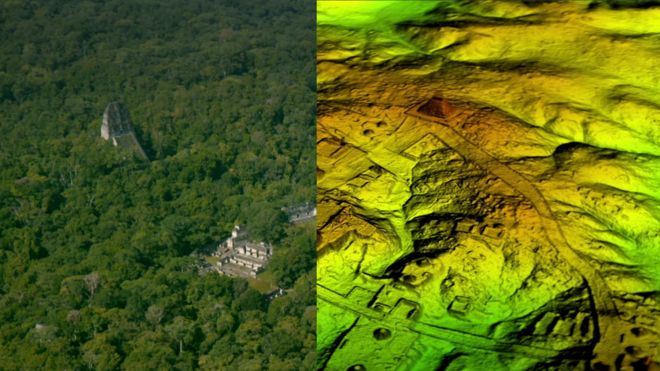BDBoop
Platinum Member
- Banned
- #1
Scientists find ancient Mayan astronomy records, with hint the world won’t truly end this year - The Washington Post
Well, that's a relief. For somebody, I'm sure.
Astronomical records were key to the Mayan calendar, which has gotten some attention recently because of doomsday warnings that it predicts the end of the world this December. Experts say it makes no such prediction. The new finding provides a bit of backup: The calculations include a time span longer than 6,000 years that could extend well beyond 2012.
Why would they go into those numbers if the world is going to come to an end this year? observed Anthony Aveni of Colgate University in Hamilton, N.Y., an expert on Mayan astronomy. You could say a number that big at least suggests that time marches on.
Well, that's a relief. For somebody, I'm sure.





